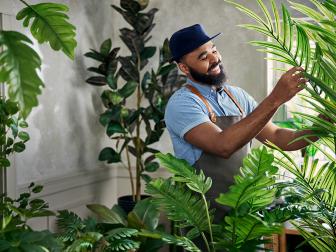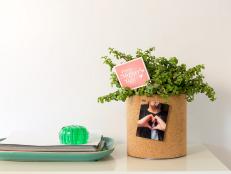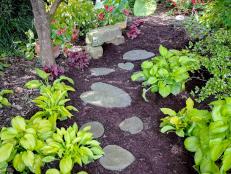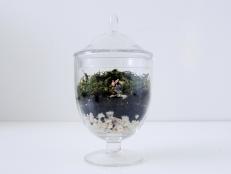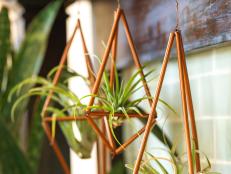Are You Using the Right Pots for Your Houseplants?
Choosing the right pot for your plant is not just about looks. Different materials affect your plant's health in a variety of ways. Houseplant expert Hilton Carter explains what type of planter is best for each type of houseplant.

Stop! Before you buy that pot, think about whether it's the best choice for your plant. Sure, it might be cute but it could potentially affect the health of your houseplant. Learn the difference between concrete and plastic, ceramic and terra cotta and what's best for your plants.
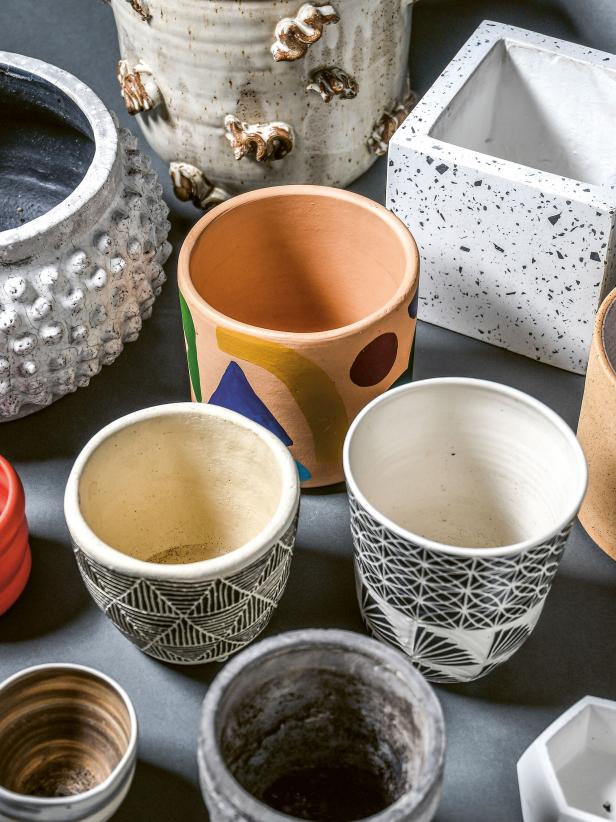
Hilton Carter © CICO Books, 2021
Houseplant expert and designer Hilton Carter explains what type of pot is best for every type of plant:
As a plant stylist, I see the planter, aka the pot, as the dress or the suit we place our plants in to give them their personalities, but also to show off your own sense of style. When it comes to the planter, you have to get it right. And when I’m talking about getting it right, I don’t mean, you know, picking out a planter just because it matches the color of your throw pillows or the design of your wallpaper. While I do think that’s cool (I did mention I’m a stylist), that’s not the first thing I think you should be considering when placing a plant in a pot. What you should first consider before placing a plant inside of a planter is the material that your planter is made from and how that can help the life of your plant. Because I do want you to understand that all planters are not created equal.
Let’s say you were going to place a rattlesnake plant (Calathea lancifolia) in a beautiful planter you just purchased from a store. You made the decision to get that particular planter because of its design, color and texture. And who can blame you?! Those are three of the main decisions I make when purchasing a new planter. You got your new planter home and you thought the vibrant colors of the rattlesnake would look great in it. But here’s the thing, you didn’t consider the fact that your planter is made out of clay. And clay, terra cotta, concrete and most woods are porous, breathable. Meaning they’ll pull moisture away from the soil of your plant, causing the soil to dry out faster. And that rattlesnake plant wants its soil to stay evenly moist, never dry. The same goes for ferns, anthuriums, alocasias — anything that wants its soil to stay evenly moist will not appreciate being in a porous container. You should place plants like these in a glazed ceramic pot or plastic container. These containers lack the ability to let air move through the pot, which will help keep the soil of your plant moist.
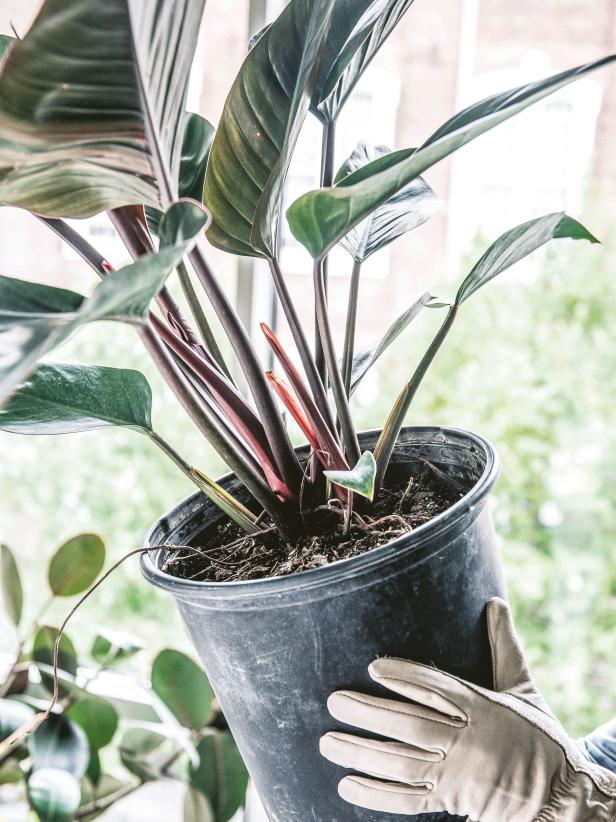
Hilton Carter © CICO Books, 2021
Save all of the porous pots for those plants in your collection that want their soil to become dry between waterings, like cacti, succulents, ficus and most philodendrons. Just make sure you don’t place them in plastic or glazed containers. Well, that’s unless you take the appropriate steps to get your soil right. I know some of you are thinking, “Why can’t I put my cactus in a plastic pot? Isn’t the nursery pot it came in plastic?” That’s a valid point. Yes, those nursery pots your plants come in are plastic but here’s the thing, the farmers that grow those plants in those pots make sure to give the plants the right soil medium and additives that will allow the soil to dry up faster while being in their plastic nursery pots. For instance, if you ever look at the soil of a cactus inside a nursery pot, it generally remains dry because they make sure to use a fast-drying, well-aerated soil. So, if you were going to decide to repot your cactus in a glazed ceramic pot or plastic container, just make sure that you’re using additives like perlite or vermiculite to help dry your soil out faster. These considerations will help set you and your plant up for success.
Once you have an understanding of how the material your planter is made out of will react with the soil inside said planter, then you can have fun with it and start thinking about whether the planter works well with the color of your couch and throw pillows.

Hilton Carter © CICO Books, 2021
Clay and Terra-Cotta Planters
These pots allow air to move through them. While this will cause your soil to dry out faster, it also allows the roots to breathe. The clay pulls the moisture from the soil and holds it in the clay, drying out over time. As this process repeats over and over again, watering after watering, you’ll start to notice some residue appearing on the outside of the pot. This is normal. It’s just the sediment from the water, fertilizer and soil.
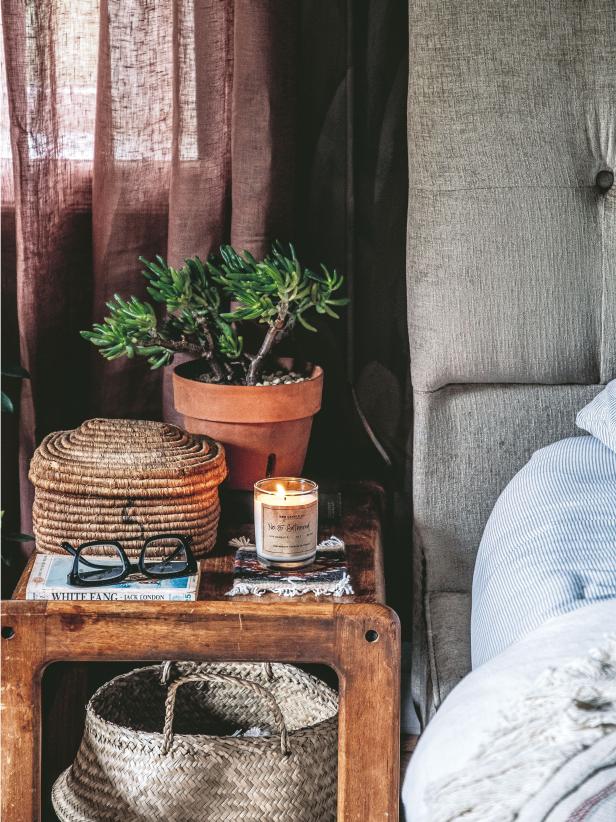
Hilton Carter © CICO Books, 2021
Plants you should style in pots like these: Cacti, succulents, ZZ plant (Zamioculcas zamiifolia), snake plant (Sansevieria trifasciata) and ponytail palm (Beaucarnea recurvata).
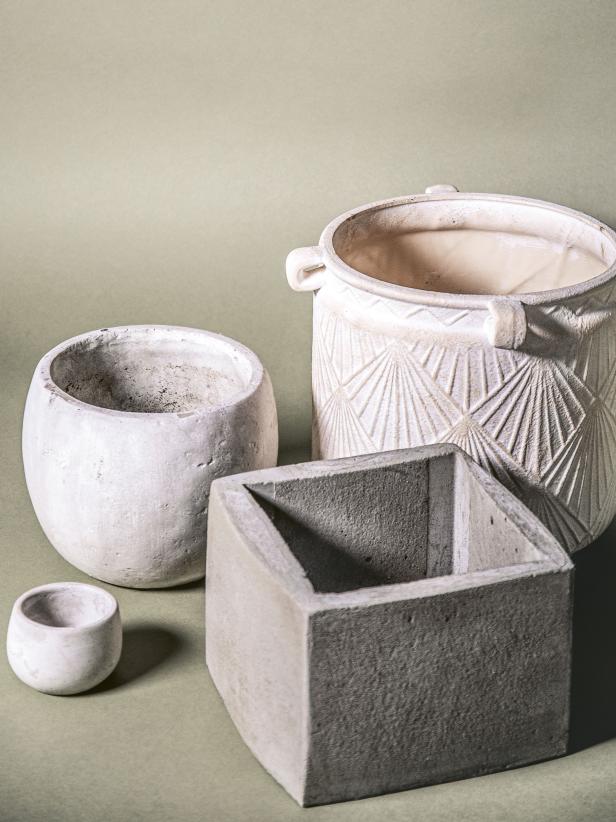
Hilton Carter © CICO Books, 2021
Concrete and Stone Planters
Just like clay, these pots are porous and allow air to move through them, causing the soil inside to dry out. These planters are great because they are very durable and can last forever. The only negative side to having a concrete or stone planter is its weight. Because of this you’ll mainly see them used for outdoor greenery. I like to use smaller concrete planters indoors because I love their raw texture and color against the green of the foliage.

Hilton Carter © CICO Books, 2021
Plants you should style in pots like these: Fiddle-leaf fig (Ficus lyrata), rubber plant (Ficus elastica), Ficus benghalensis ‘Audrey’, tree philodendron (Philodendron bipinnatifi dum) and Yucca.

Hilton Carter © CICO Books, 2021
Ceramic Glazed and Plastic Planters
These pots are perfect for plants that want their soil to stay moist, because they retain moisture. For planters like this it’s important to have a drainage hole because you can easily cause a plant’s roots to rot if there isn’t one. Glazed and plastic planters are typically the ones that will be the most colorful, making them more eye-catching. Just make sure you’re placing plants in them that want their soil to stay moist longer or placing additives in your soil that can help strip that moisture away.

Hilton Carter © CICO Books, 2021
Plants you should style in pots like these: Maidenhair fern (Adiantum raddianum), asparagus fern (Asparagus setaceus), Stromanthe sanguinea ‘Triostar’, medallion calathea (C. roseopicta), Calathea orbifolia and Alocasia ‘Portodora’.
From Wild Creations: Inspiring Projects to Create Plus Plant Care Tips & Styling Ideas for Your Own Wild Interior by Hilton Carter, CICO Books
A Garden Editor's Favorite Picks From the New Hilton Carter Line at Target
This gardening and design-obsessed editor checked out the new Hilton Carter collection for Target. Find out her top favorite picks.






